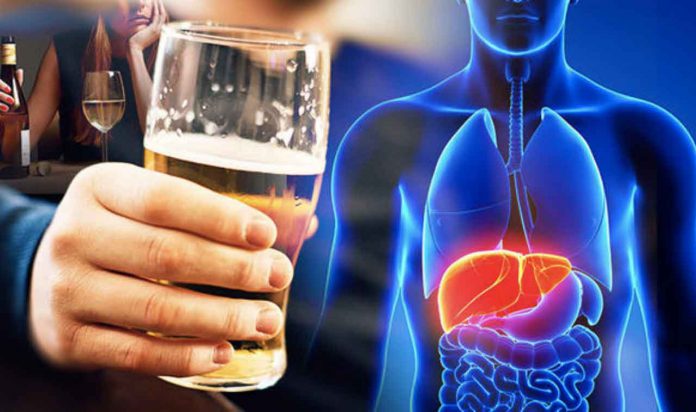Teens who experience social tensions related to their drinking, such as fighting with friends, may be at greater risk for hazardous alcohol use in early adulthood than those whose alcohol consequences are limited to hangovers and blackouts, a new study has found.
Alcohol use is the leading global risk factor for death and disability in young people, and the health risk related to alcohol escalates rapidly between 10 and 24 years of age.
Alcohol is linked to various harms, including feeling sick, passing out, fighting, and sexual assault. But relatively little is known about the developmental trajectory of alcohol-related harms in adolescence and its significance for drinking problems in adulthood.
Better understanding patterns of harm could help identify teens at risk, and inform interventions aimed at minimizing alcohol-related disability and death. For the study in Alcoholism: Clinical & Experimental Research, investigators explored patterns of harms related to drinking, how such patterns evolve through adolescence, and whether those trajectories predict alcohol use disorder (AUD) in young adulthood.
Researchers surveyed 1,828 students in Australia, aged 12-13 when recruited to the study. Surveys were administered at several points over eight years. The participants provided data on their experience of alcohol-related harms; drinking behaviors associated with alcohol abuse (as itemized in the Diagnostic and Statistical Manual of Mental Disorders); and factors linked to harms (such as peers’ drinking and smoking). Investigators found that participants fell into one of three “harms profiles”: minimal harms (limited to drinking more than intended), physiological harms (affecting the individual only, e.g. blackouts), and all harms (including psychosocial consequences, such as trouble with friends). They used statistical analysis to identify participants’ patterns of transitioning between categories of harms, and the factors and outcomes associated with those shifts.
In the earlier surveys, the vast majority of participants had not experienced alcohol-related harms.
At the time of the final survey, 44% of participants met criteria for AUD. Most participants remained in the same harms profile throughout the study period, except for a common shift in late adolescence from minimal harms to physiological harms.
This likely reflected increased access to alcohol at age 18, per Australian law. After the final survey, researchers identified five common “transition classes”: minimal harms across all timepoints (21% of the sample); late escalation to physiological harms (38%); early escalation to physiological harms (12%); late escalation to all harms (7%); and gradual escalation to all harms (9%).
Because the late escalation to physiological harm trajectory most closely reflected the national norm, it served as the reference against other trajectories. Participants who escalated to all harms from minimal harms (7%) were, in young adulthood, at 3.6 times greater risk for alcohol dependence and 1.7 times increased risk for AUD compared to the reference group. Those who escalated gradually to all harms (9%) were also at 3.6 times greater risk for alcohol dependence and 1.7 times the risk for AUD. Teen boys and girls experienced similar drinking patterns and interpersonal harms. Girls were more prone to consequences such as hangovers and blackouts, likely reflecting physiological differences. Participants exposed to peers’ substance use were at slightly increased risk of escalating earlier to physiological harms and gradually to all harms, with the latter predicting increased risk of AUD in early adulthood.
The results overall imply that experiencing a broad range of harms in late adolescence, especially the interpersonal consequences of drinking, may signal an increased risk of AUD in early adulthood. The findings underline the clinical importance of emerging psychosocial harms in the teen years, in addition to drinking patterns, as a risk factor for future alcohol problems.
Experience of physiological and psychosocial alcohol-related harms across adolescence and its association with alcohol use disorder in early adulthood: A prospective cohort study. W. S. Yuen, R. Bruno, G. Chan, J. McCambridge, T. Slade, P. Clare, A. Aiken, K. Kypri, D. Hutchinson, N. McBride, V. Boland, E. Upton, M. Farrell, R. Mattick, A. Peacock.

